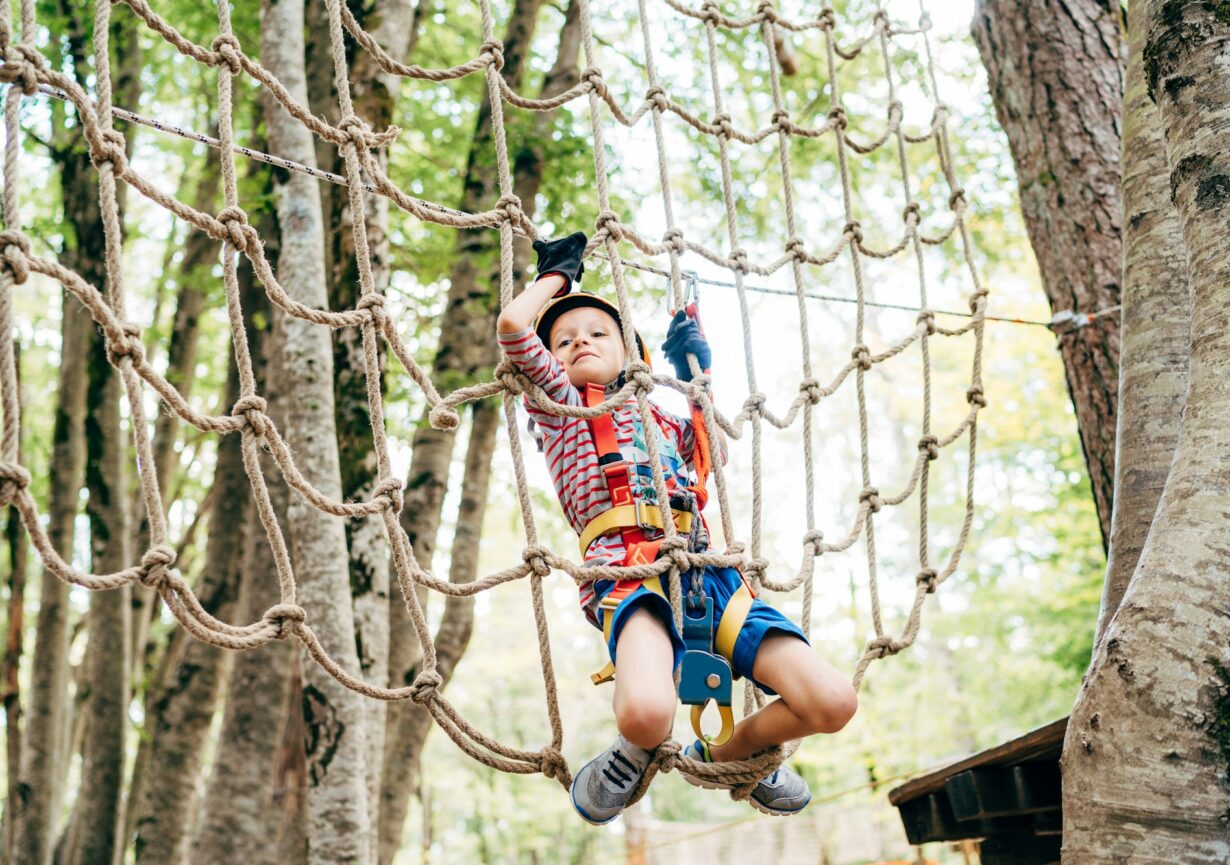The quest for fitness is as old as humanity itself. From the ancient Greeks to the indigenous tribes of the Americas, cultures around the world have developed unique methods of physical training and exercise. By examining these historical workouts, we can gain valuable insights into how ancient peoples approached fitness and wellness. This article takes a journey through time to explore the fitness practices of various cultures, uncovering their significance and relevance to modern health and fitness trends.
1. Ancient Greece: The Birthplace of Physical Fitness
1.1. The Olympics and Gymnasiums
In ancient Greece, physical fitness was highly valued, and the Olympic Games were a testament to this cultural reverence. Athletes trained rigorously in gymnasiums, where they participated in a variety of sports, including wrestling, running, and discus throwing. Training regimens were intense, often incorporating strength training with natural elements like rocks and logs.
1.2. Philosophy and Fitness
Greek philosophers, such as Socrates and Plato, believed that a sound mind resided in a sound body. They promoted the idea of holistic health, where physical fitness was integral to mental well-being. This philosophy influenced modern fitness concepts, emphasizing the importance of combining physical activity with mental and emotional health.
2. Ancient Rome: Gladiators and Military Training
2.1. Gladiatorial Training
In ancient Rome, gladiators epitomized the extreme dedication to physical fitness. These warriors underwent rigorous training to prepare for combat in the arena. Their workouts included strength training, cardiovascular conditioning, and skill drills with various weapons. Interestingly, gladiators often followed strict diets to maintain their physiques, which included high protein intake and specific nutrients to enhance performance.
2.2. Military Conditioning
The Roman military also had a profound impact on fitness. Soldiers engaged in long-distance marching, obstacle courses, and strength-building exercises to prepare for battle. Their training was systematic and regimented, serving as an early model for modern military fitness programs.
3. Ancient India: Yoga and Holistic Practices
3.1. The Origins of Yoga
Yoga, a practice that originated in ancient India, focuses on the union of body, mind, and spirit. Historical texts, such as the Vedas and Upanishads, describe various asanas (postures) and pranayama (breath control) techniques that promote physical fitness and mental clarity.
3.2. Meditation and Mindfulness
In addition to physical postures, yoga emphasizes meditation and mindfulness. These practices foster a deep connection between physical and mental health, highlighting the importance of stress reduction and mental focus in achieving overall well-being. Modern fitness trends increasingly incorporate yoga for its holistic benefits, reflecting its timeless relevance.
4. Indigenous Cultures: Movement and Community
4.1. Native American Dances
Native American tribes practiced various forms of movement and dance as part of their cultural traditions. These dances served not only as rituals but also as exercises that promoted strength, endurance, and community bonding. Some tribes engaged in competitive games, such as the lacrosse-like sport of baggataway, which provided rigorous physical activity.
4.2. Australian Aboriginal Practices
Australian Aboriginal cultures also emphasize the importance of movement in their daily lives. Activities like traditional hunting and gathering involved extensive physical exertion. Dance and song played significant roles in their culture, promoting fitness while preserving their rich history and identity.
5. China: Martial Arts and Tai Chi
5.1. The Roots of Martial Arts
Ancient China is renowned for its rich tradition of martial arts, with various styles developing over centuries. Practices such as Kung Fu and Tai Chi focus on not only physical prowess but also mental discipline, balance, and flexibility. These martial arts emphasize the flow of energy (Qi) within the body, promoting holistic health and fitness.
5.2. Tai Chi: A Gentle Path to Wellness
Tai Chi, often described as “meditation in motion,” incorporates slow, flowing movements that enhance flexibility, balance, and mindfulness. This practice has gained popularity worldwide for its accessibility and health benefits, particularly among older adults seeking low-impact exercise options.
6. Egypt: The Influence of Physical Labor and Sports
6.1. Work as Exercise
In ancient Egypt, daily life involved physical labor, from agriculture to construction. This labor-intensive lifestyle naturally promoted fitness among the population. Additionally, sports like wrestling and boxing were popular forms of entertainment and physical competition, further embedding physical fitness in their culture.
6.2. The Role of Sports in Society
Sports were not only recreational but also served social and political purposes. Competitions often took place during religious festivals, fostering community spirit and celebration while promoting physical prowess.
7. Lessons from History: Integrating Ancient Practices into Modern Fitness
7.1. Holistic Approaches to Health
Many ancient cultures emphasized a holistic approach to fitness, integrating physical exercise with mental and emotional well-being. Modern fitness trends increasingly recognize the importance of this balance, promoting practices like yoga, meditation, and mindfulness alongside traditional workouts.
7.2. Community and Connection
The communal aspects of ancient fitness practices remind us of the importance of social interaction in our health journeys. Group classes, team sports, and community challenges not only enhance motivation but also foster relationships that contribute to overall well-being.
Conclusion
The exploration of historical workouts from ancient cultures reveals the deep-rooted significance of fitness in human society. From the rigorous training of gladiators in Rome to the holistic practices of yoga in India, each culture has contributed unique perspectives on health and wellness. By integrating these ancient practices into our modern fitness routines, we can cultivate a more balanced, holistic approach to health that honors the wisdom of those who came before us. Embracing the diversity of historical workouts can enrich our fitness journeys, reminding us that the pursuit of health is a timeless endeavor.


